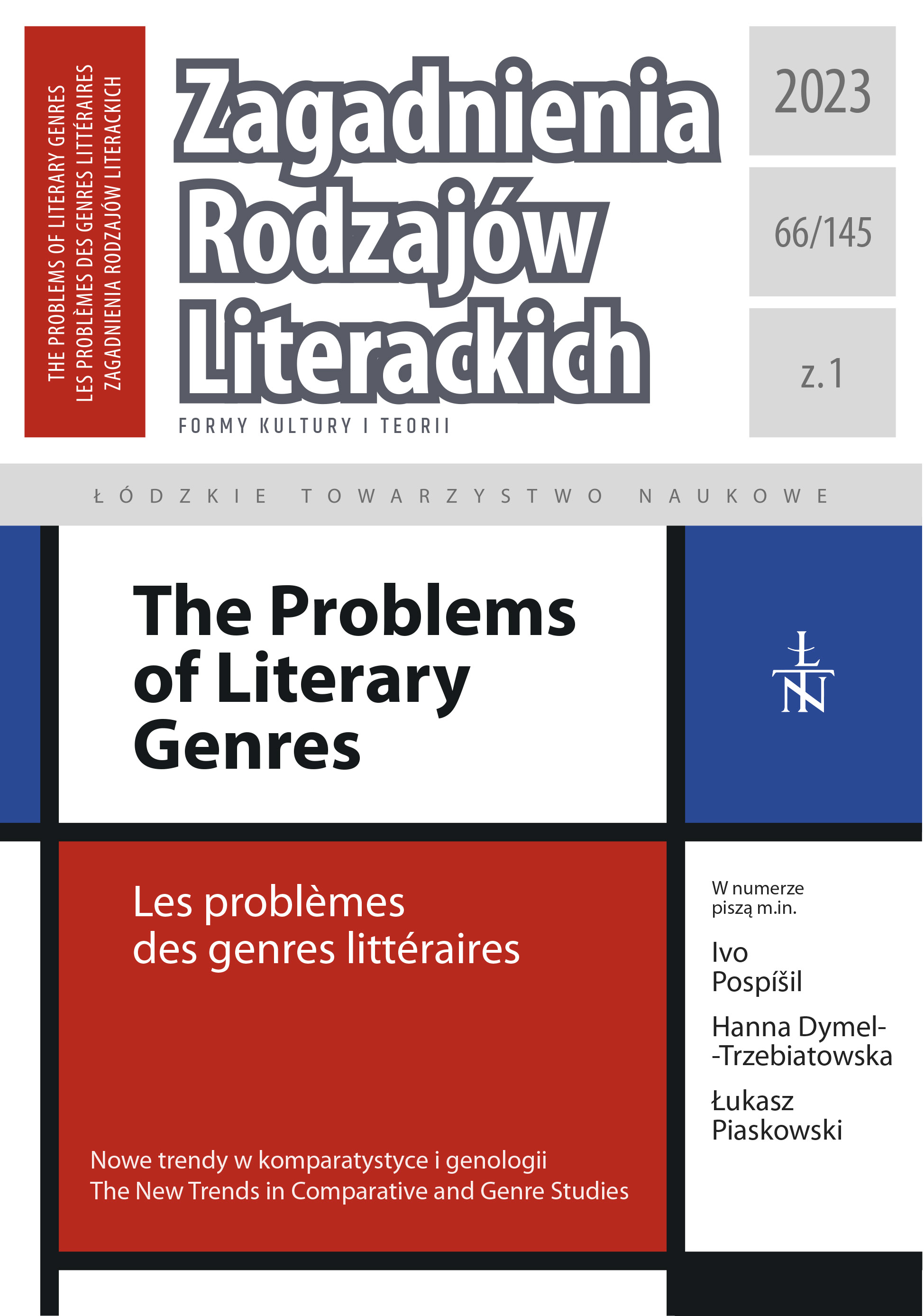On the Limitations of Art: Conceptual Impressions, Natural Expressions. The Artist and his Creation Based on Michel Houellebecq’s “The Map and the Territory”
DOI:
https://doi.org/10.26485/ZRL/2023/66.1/16Keywords:
conceptual art; Michel Houellebecq; biofiction; John Ruskin; Douglas Huebler; natureAbstract
The author explores the limitations of art based on the potential sources of inspiration for Michel Houellebecq’s The map and the territory. The dialectic of art is questioned upon its links to capitalism, the sustainability of art and the artist when it comes to the confidence of realization of one’s ideas. The map-territory relation creates space for expressing the dynamics between the idea itself, its representation and what it entails when it comes to existing or perceived notions of delineation between the natural order (substance, materialization) and modernity (abstraction, impression). Houellebecq’s character gives precedence to the idea, and as in non-art, its serving as a conduit for natural expression, at the same time sets a limit to human expression, culminating in nature overcoming culture. Suggesting that both nature and (idea) art deriving from it can be brutal in their own ways. The inquiry consists of trying to unearth the identity of an artist and doing so by using biofictional practices to draw a connection with, but not limited to, a conceptual creator, Douglas Huebler. Intersection of the conceptual modes of reality with the reality itself in art is inevitable. With art, the onus is in respecting the two worlds with their separate qualities, bonding the differences without negating nor assimilating them; stretching the limits of creation both in the artist and what constitutes art as a whole. Hence, the border, as John Ruskin would say, lies within the mystery of life and art.
Downloads
References
Buisine Alain (1991), Biofictions, „Revue des Sciences Humaines: Le Biographique” nr 4, s. 7–13.
Burzyńska Anna, Markowski Michał Paweł (2006), Teorie literatury XX wieku. Podręcznik, Znak, Kraków.
Cymbrykiewicz Joanna (2019), Biografia jako pretekst: modele współczesnych duńskich biofikcji, Wydział Neofilologii UAM w Poznaniu, Poznań, DOI: 10.14746/9788395414428.
Douglas Huebler. Biography, www.ekladata.com/Rq-4FmOiYLDryphyC0TO--bz4lo.pdf [dostęp: 4.06.2023].
Guiou Dominique (2010), Houellebecq entre en scene, „Le Figaro”, www.lefigaro.fr/livres/2010/08/13/03005-20100813ARTFIG00530-houellebecq-entre-en-scene.php [dostęp: 4.06.2023].
Houellebecq Michel (2011), Mapa i terytorium, przeł. B. Geppert, W.A.B., Warszawa.
Hugunin James, red. (1984), Douglas Huebler: The Map and the Territory, LA Center for Photographic Studies, Los Angeles.
Lackey Michael (2016), Locating and Defining the Bio in Biofiction, “a/b: Auto/Biography Studies” nr 31(1), DOI: 10.1080/08989575.2016.1095583, s. 3–10.
Lippard Lucy (2001), Six years: the dematerialization of the art object from 1966 to 1972, University of California Press, Berkeley, Los Angeles–Londyn.
Morrison Donald (2011), Michel Houellebecq’s tale of art and murder reveals his humanist side, „Financial Times”, www.ft.com/content/b8cdf1c2-dad5-11e0-a58b-00144feabdc0 [dostęp: 4.06.2023].
Nagel Aleksandra (2022), Damien Hirst spali tysiące swoich obrazów. „Projekt Walutowy” rozpocznie się 9 września 2022 roku, www.well.pl/art_culture/142/damien_hirst_spali_tysiace_swoich_obrazow_projekt_walutowy_rozpocznie_sie_9_wrzesnia_2022_roku,10078.html [dostęp: 4.06.2023].
Oates Joyce Carol (1996), From „The life of the writer and the life of the career”: first principles and „Transformations of play”, „New Literary History” nr 27(2), s. 251–257.
Ruskin John (1977), Tajemnica życia i sztuki (1868), przeł. M. Treter-Horowitzowa [w:] Sztuka, społeczeństwo, wychowanie, red. I. Wojnar, Państwowe Zakłady Wydawnictw Szkolnych, Wrocław, s. 289–325.
Wilkoszewska Katarzyna (2008), Estetyka japońska. Wprowadzenie [w:] Estetyka japońska. Antologia. T. 1. Wymiary przestrzeni, red. K. Wilkoszewska, TAiWPN Universitas, Kraków, s. 7–12.
Downloads
Published
How to Cite
Issue
Section
License
Copyright (c) 2023 Łódzkie Towarzystwo Naukowe and authors

This work is licensed under a Creative Commons Attribution 4.0 International License.







